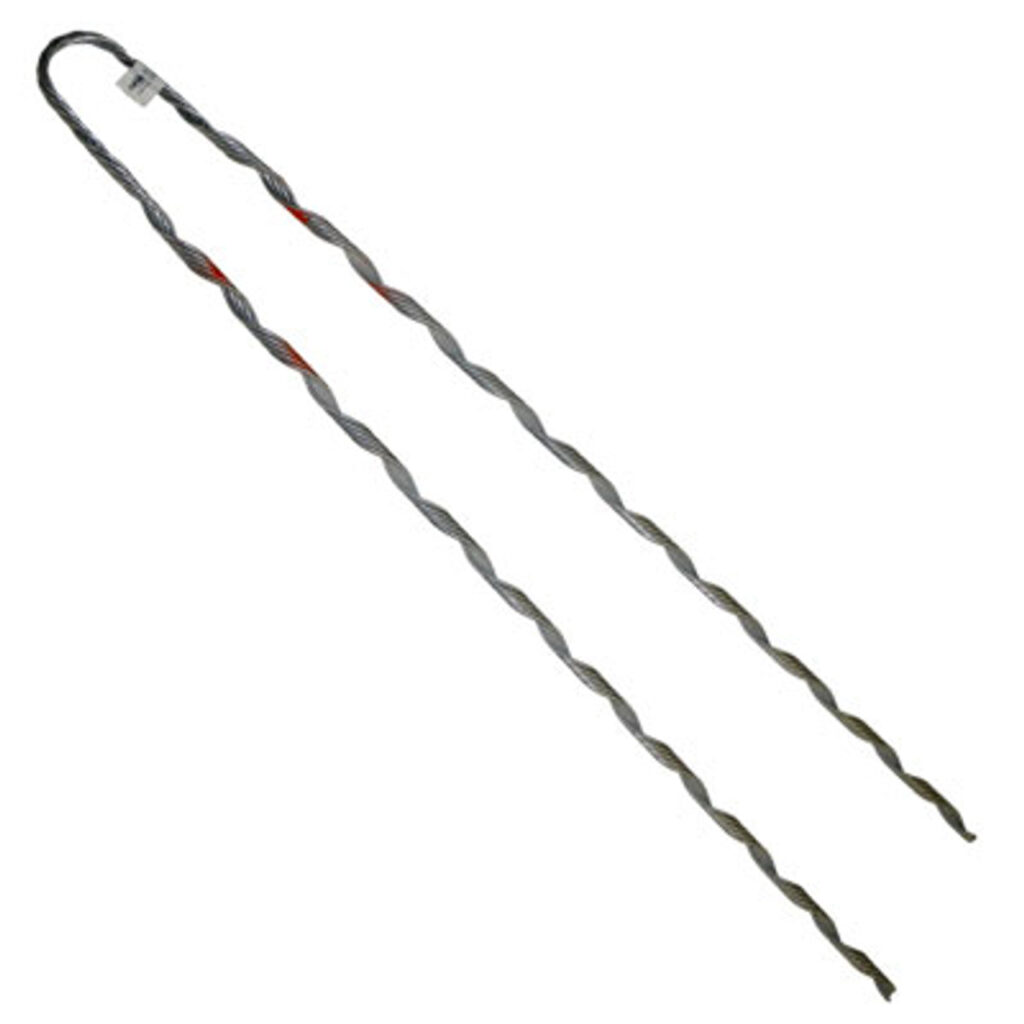
A big grip dead end is a specialized piece of hardware used to secure the ends of guy wires in overhead transmission lines. Its main role is to stabilize transmission towers against external forces such as winds, ice and snow. It is also helps to anchor and secure the ends of conductors or wires for continued stability and reliability. The big grip dead end also helps to ensure proper installation, safety and compliance with relevant regulations. It manufacturers from high strength materials such as aluminum or steel. This helps to ensure durability and resistance to environmental factors. This helps to ensure stability and resilience in south American applications. Common types include threaded dead ends, preformed dead ends, compression dead ends and automatic dead ends. They find use in applications as transmission towers, wind and weather resistance, tension support and enhanced safety.
Key features of big grip dead end
The features of the big grip dead end help in overhead transmission lines to secure the ends of the guy wires. The features vary depending on the design and manufacturer. The following are the key features of the big grip dead end.
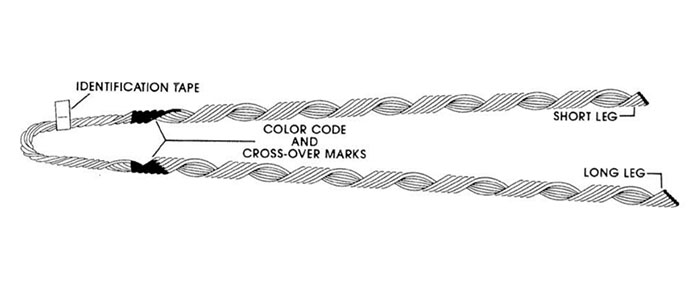
- Material – the big grip is from high strength materials such as aluminum or steel. This ensures durability and resistance to environmental factors.
- Threaded and compression design –the dead ends feature a threaded design fitting for secure attachment to the guy wires.
- Corrosion resistance – they also have coatings with corrosion resistant materials. They help protect them from the effects of environmental exposure.
- Versatility – the dead ends are versatile to suit various applications and environmental conditions.
- Resistance to environmental factors – they have designs that resist environmental factors. These include UV radiation, extreme temperatures and other conditions.
- Tension support – it helps to contribute to the tension support of guy wires to help prevent sagging. It also helps to maintain the proper tension levels required for the stability of the transmission system.
- Design – they have various designs to accommodate a range of guy wire sizes to provide flexibility in their application.
- Strength and load capacity – their designs allow them to withstand high tension and loads associated with the stabilization of transmission towers.
Selection and installation of big grip dead end
Selecting the right big grip dead end helps to ensure optimal performance, safety and compatibility with specific requirements. It includes considering factors such as guy wire size, load capacity, materials compatibility, environmental conditions, ease of installation, corrosion resistance, manufacture reputation and costs. The installation should ensure proper attachment and secure termination of guy wires. The following is a general installation process for big grip dead end.
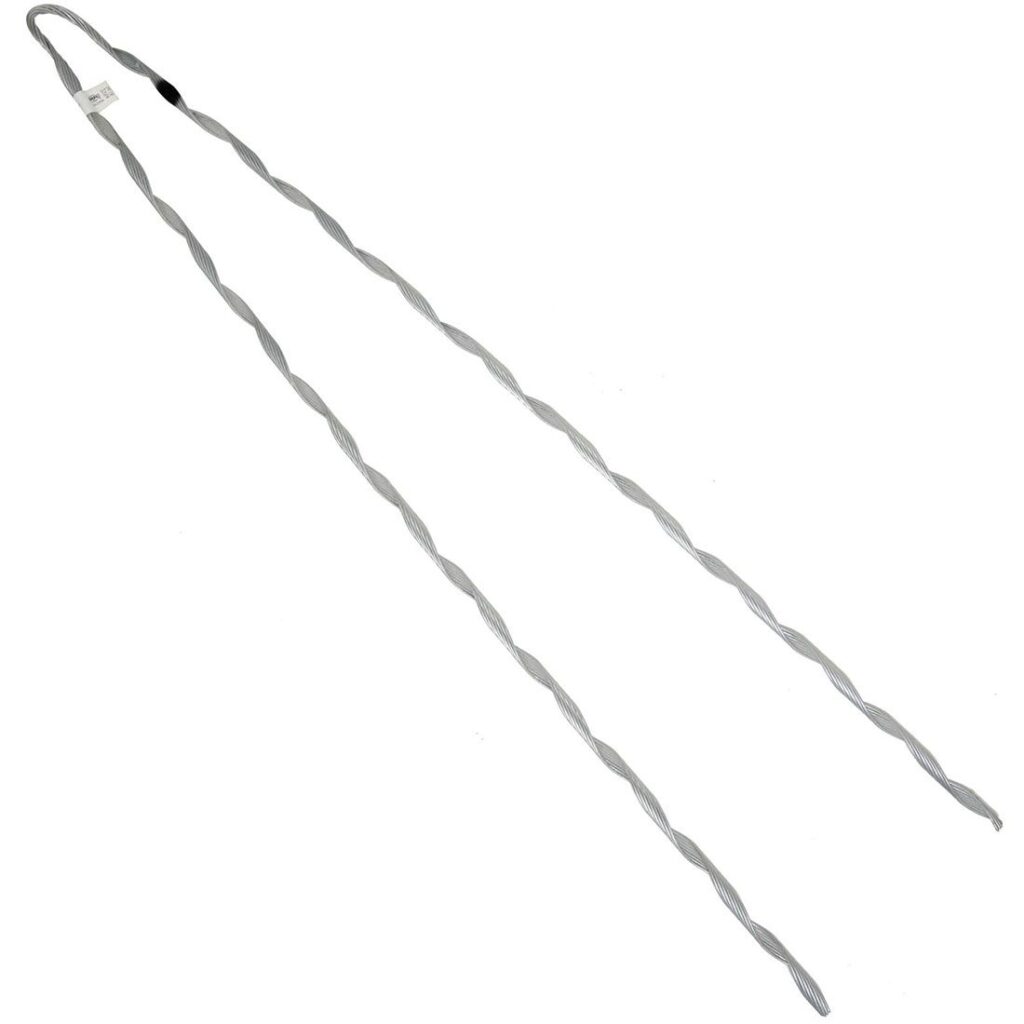
- Preparation – collect all the required tools and equipment for the installation. This is including the big grip dead end, wrenches, ladders, safety equipment and tensioning equipment.
- Site assessment – use ladder to access the location where the guy wire termination is necessary. Ensure the installation site is clear of obstructions and allows for safe and convenient work.
- Guy wire verification – confirm the big grip dead end selected is suitable for the size and diameter of the guy wire. Match the dead-end size to the specifications of the guy wire used.
- Guy wire preparation – ensure the guy wire is straight, properly tensioned and free from any damage.
- Big grip dead end installation – position the big grip dead end on the guy wire at the desired termination point.
- Dead end engagement – engage the big grip dead end onto the guy wire by following the specific instructions provided. It may involve threading or compressing the dead end onto the wire.
- Tighten nuts and bolts – use the suitable size wrenches to tighten them securely. This should follow the recommended torque specifications.
- Check alignment – ensure the grip dead end is properly aligned with the guy wire and the transmission line.
- Inspection – conduct a visual inspection of the installed big grip dead end. Check for signs of damage, corrosion or improper installation.
- Tension adjustment – use suitable tension measuring equipment to achieve the desired tension.
- Documentation – keep records of the installation including the date, location and any other details.
Maintenance and inspection of big grip dead end
Regular maintenance and inspection of big grip dead ends to ensure the continued reliability and performance of guy wire termination. It also ensures that the big grip dead ends remain in optimal condition. This is to contribute to the reliability and safety of overhead transmission lines. Additionally, it is important to conduct periodic professional inspections and maintenance once in a while. The following is a basic guide for maintenance and inspection of big grip dead end.
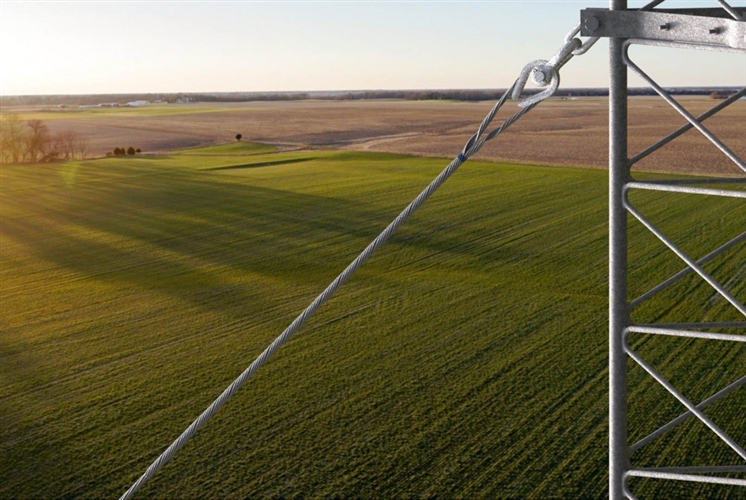
- Conduct regular visual inspections of all big grip dead ends looking for signs of wear, corrosion or damage. Check for loose nuts, bolts or other components.
- Clean the dead ends using a soft brush or cloth to remove accumulated dirt in areas prone to environmental exposure.
- Inspect the dead ends for any signs of corrosion and apply corrosion resistant coatings as recommended.
- Periodically check and tighten all nuts and bolts to the manufacturers recommended torque specifications.
- Ensure that the dead ends are properly aligned with the guy wire which affects the performance of the termination.
- Check the labels and markings on the dead ends and ensure that all identification information is legible.
- Periodically check the tension in guy wire terminated with big grip dead ends using suitable tension measuring equipment.
- Conduct a more detailed visual inspection examining the dead ends for cracks, deformation or signs stress.
- Consider performing this is non-destructive testing method to assess the integrity of the dead end components.
- Evaluate the impact of environmental factors on the dead ends in areas with harsh conditions. Assess the resistance of the dead ends to salt, moisture and UV radiation.
- Keep detailed records of all inspection and maintenance activities. This is including dates, findings and any actions taken.
Comparative analysis of big grip dead ends in South America
Conducting a comparative analysis of big grip dead ends involves evaluating various aspects of product features, performance and industry standards. It also includes considering the most accurate and current details, consult manufacturers, industry reports and local experts in South America. Additionally, it is important to include manufacturers and suppliers for guidance on the selection. The following are the factors to include in a comparative analysis in South America.
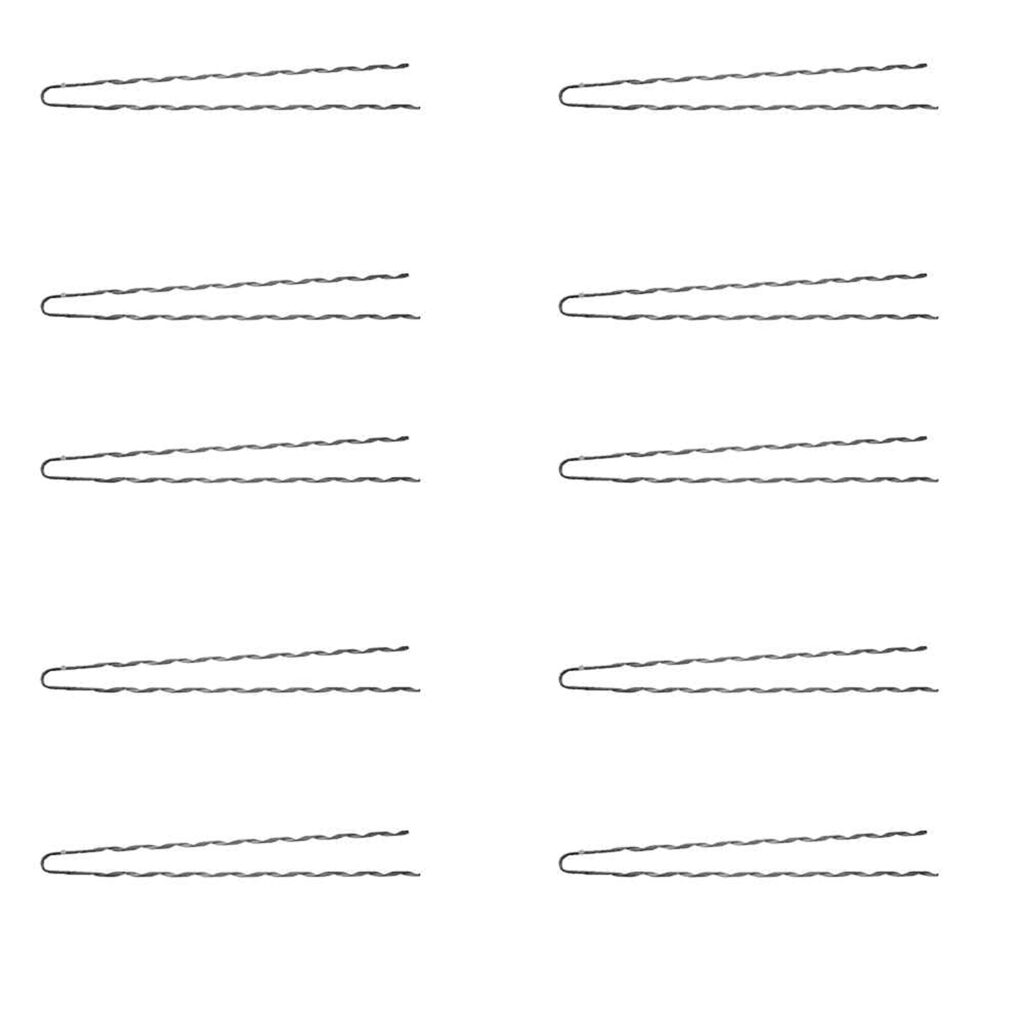
- Manufacturer reputation – evaluate the reputation of different manufacturers providing big grip dead ends in the region. Consider factors such as reliability, product quality and customer satisfaction.
- Compliance with standards – assess whether the big grip dead ends from different manufacturers comply with relevant international and regional industry standards.
- Environmental adaptability – consider how well the dead ends withstand the diverse environmental conditions in South America.
- Cost benefit analysis – conduct a cos-benefit analysis by comparing the prices of big grip dead ends from different manufacturers.
- Market trends – research current market trends related to big grip dead ends in South America. Notice the emerging technologies, innovative features or market shifts.
Certifications and standards in South America
There are various standards and certifications that govern the use of big grip dead ends in South America. There are several international and industry standards that manufacturers typically adhere to globally. The following are the standards that govern the use of big grip dead ends in South America.
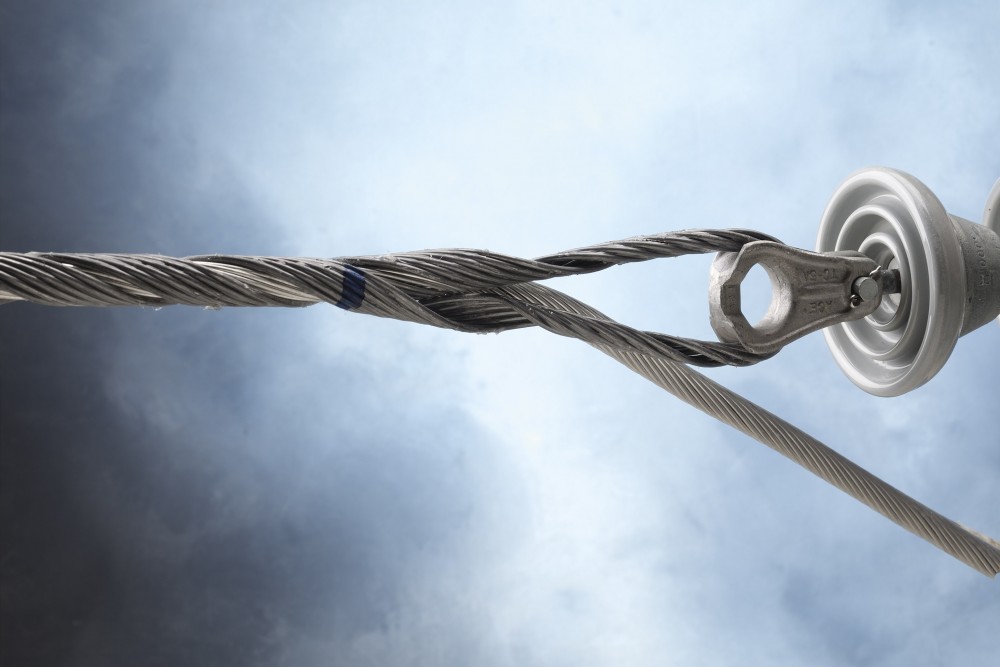
- ASTM international standards – these are standards related to materials, design and testing followed in the industry.
- ANSI standards – these are standards that cover aspects related to dimensions, materials and testing procedures.
- ISO certification – this covers various aspects including quality management and environmental management.
- NEMA standards – this provides guidelines for electrical products to verify the big grip dead end.
Regional market for big grip dead ends in South America
There are various factors that shape the regional market for big grip dead ends in South America. These factors include market conditions, market research trends, types and designs. The following are the factors that influence the demand and availability of big grip dead ends in South America.
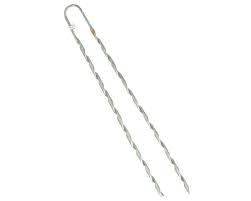
- Infrastructure projects – the demand for big grip dead ends is mainly influenced by ingoing and planned infrastructure projects.
- Energy sector – the growth of the energy sector impacts on the demand for components like big grip dead ends.
- Technological advancements – innovations and technological advancements in the design and functionality of big grip dead ends.
- Environmental conditions – consideration of the diverse environmental conditions designed to withstand specific climate challenges.
- Economic factors – these factors include GDP growth, investment climate and financial stability which impacts the overall demand for infrastructure components.
Frequently asked questions
A big grip dead end is an important piece of hardware in the world of overhead transmission lines. It helps to secure the ends of guy wires and increase stability of transmission towers.
Big grip dead ends used in south American transmission lines need to comply with several regional and international standards to ensure safety, reliability and performance. These standards include regional standards and international standards,